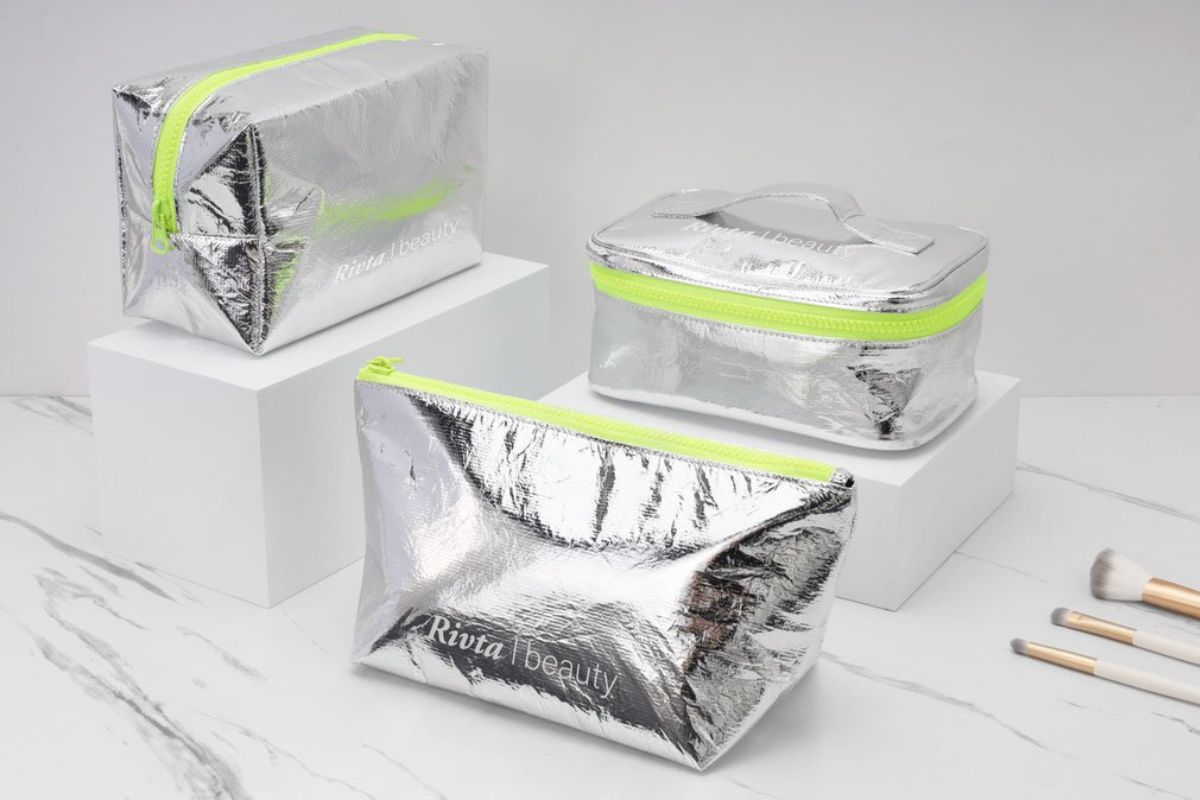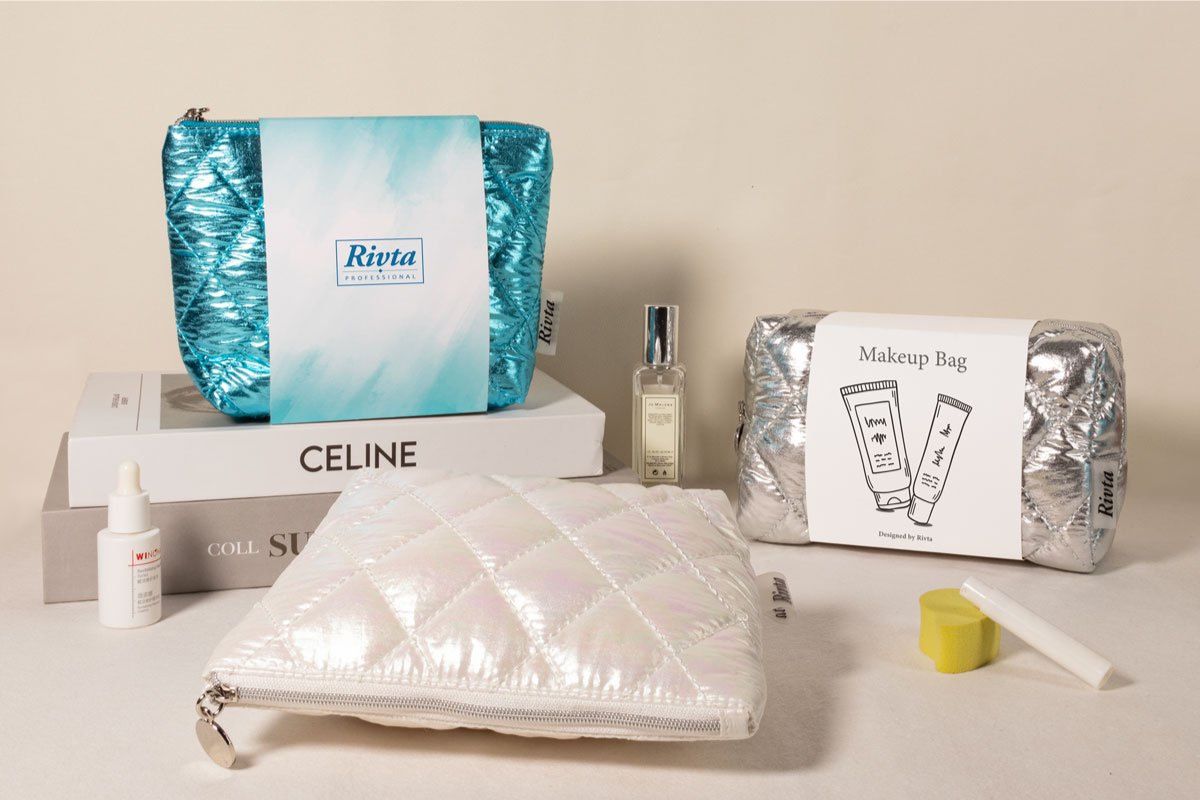Brand Buyers' Essential Guide: How to Choose Your Ideal Custom Bag OEM Partner?
Choosing an OEM partner feels like a gamble. You need high-quality custom bags to represent your brand, but a bad choice can lead to production delays, inconsistent quality, and a damaged reputation.
To choose your ideal custom bag OEM partner, you must systematically evaluate four core pillars: their quality control systems[1], verifiable production capacity[2], communication efficiency[3] and technical expertise[4], and their process for providing transparent, reliable lead times[5]. This ensures they can meet your brand's standards consistently.

As someone who has spent decades in the manufacturing world, I've seen firsthand how a great OEM partner can make or break a product line. The principles of finding a top-tier supplier are universal, whether you're making complex molds or high-end technical backpacks. It's not about finding the cheapest quote; it's about finding a partner who becomes an extension of your own team. This guide will walk you through the critical factors to evaluate, transforming your selection process from a guess into a strategic decision[6].
How Can You Truly Verify a Supplier's Quality Control?
Every factory website claims they have "excellent quality." But these are just words. A shipment of 10,000 bags with faulty zippers or sloppy stitching is a brand's worst nightmare.
You can verify a supplier's quality control by looking beyond claims and demanding evidence. This includes their quality management certifications[7] (like ISO 9001), their documented inspection processes[8] (IQC, PQC, FQC), and their material traceability systems[9]. This proves their commitment to quality is systemic, not just superficial.

In my experience with mold making, precision is everything. A deviation of even a fraction of a millimeter can ruin an entire batch. I apply this same mindset when evaluating any OEM partner. A truly quality-focused factory doesn't just find mistakes at the end; it has systems in place to prevent them from happening at every stage. You need to dig into these systems to understand if they are real.
The Three Pillars of Quality Verification
A robust quality system is built on these three essential checks. Ask potential partners to provide documentation for each.
| Quality Stage | Full Name | What to Ask Your Potential Partner | Why It's Critical |
|---|---|---|---|
| IQC (Incoming Inspection) | Incoming Quality Control | "Show me your process for testing raw materials. How do you verify the fabric weave, zipper strength, and buckle durability?" | This prevents problems before production even starts. Bad materials will always result in a bad final product. |
| PQC (In-Process) | Process Quality Control | "What are your inspection checkpoints on the assembly line? How often do you check for stitching consistency and seam strength?" | This catches errors as they happen, reducing waste and preventing a small mistake from affecting the entire production run. |
| FQC (Final Inspection) | Final Quality Control | "What is your AQL (Acceptable Quality Limit)[10] standard? Can I see a final inspection report from a recent, similar project?" | This is your last line of defense. It confirms the finished products meet the exact specifications you agreed upon. |
How Do You Accurately Assess Production Capacity?
A supplier might promise they can handle your order volume to win the contract. But if their actual capacity is much lower, you'll face major delays, rushed production, and a drop in quality.
To accurately assess production capacity[2], request concrete data: the total number of sewing machines, the number of skilled workers, and their average monthly output for products similar to yours. Cross-reference this with a factory audit or a third-party report to ensure the numbers are real.

When I was scaling up my own CNC trading company, I learned a tough lesson about capacity. A factory that is running at 110% to meet your deadline will cut corners. It’s unavoidable. The best partners are those who can comfortably fit your order into about 70-80% of their total capacity. This leaves a buffer for unexpected issues and allows them to maintain quality standards without being stressed. Don't just take their word for it; you need to see the evidence.
Key Metrics for Capacity Assessment
- Equipment Inventory: A simple question like, "How many single-needle, double-needle, and bar-tacking machines do you have?" gives you a hard number to work with. The type of machinery also tells you about their specialization.
- Labor Force: Ask about the number of workers on the sewing lines versus in finishing and packing. High turnover is a red flag, so asking about worker retention can also provide overview.
- Production Records: Ask for anonymized production records for a product similar in complexity to yours. This shows their proven output, not just their theoretical maximum.
- Subcontracting Policy: Directly ask, "Do you subcontract any part of the production process?" If they do, you need to apply this same vetting process to their partners. Uncontrolled subcontracting is a huge risk to quality and consistency.
Why is Effective Communication More Important Than Price?
You found a supplier with a very low price, but their team is slow to respond and struggles to understand your technical feedback[11]. This initial saving will quickly be erased by the costs of mistakes and delays.
Effective communication is crucial because it prevents costly errors in production. A good OEM partner has English-speaking project managers with technical expertise[4] who can understand your design intent, provide manufacturing feedback, and solve problems proactively. This is the foundation of a true partnership.

Evaluating Communication and Expertise
- Response Time: How long does it take for them to reply to your emails? A responsive team (within 24 hours) is a good indicator of an organized operation.
- Clarity and Detail: Do they answer your questions directly with specific information, or do they give vague, generic replies?
- Technical Feedback: When you send your tech pack, do they just give you a price? Or do they come back with questions, suggestions for material improvements, or feedback on the construction for better durability? This is a key differentiator. A great partner engages with your design.
- Problem Solving: Pose a hypothetical problem. For example, "What would happen if a shipment of our specified fabric arrives but the color is slightly off-spec?" Their answer will reveal their process for handling unforeseen issues. Do they have a clear protocol, or do they improvise?
How Do You Secure a Reliable and Transparent Lead Time?
A supplier gives you an impressively short lead time of 30 days. But as the delivery date approaches, they keep giving you excuses for delays, disrupting your entire marketing and launch schedule.
To secure a reliable lead time, you must get a detailed production schedule that breaks down every stage: material sourcing, pre-production sampling, cutting, sewing, final assembly, and quality control. This transparency allows you to track progress and identify potential bottlenecks early on.

Deconstructing the Lead Time
| Production Stage | Typical Duration | What It Involves |
|---|---|---|
| Material Sourcing & Arrival | 15-30 days | Ordering and receiving the specified fabrics, zippers, buckles, and other hardware. |
| Pre-Production (PP) Sample | 7-10 days | Creating a final sample for your approval before mass production begins. |
| Cutting & Preparation | 3-5 days | Cutting the fabric panels according to the patterns. |
| Mass Production (Sewing) | 15-25 days | The main assembly line process of sewing the bags. |
| QC, Finishing & Packing | 3-5 days | Final quality inspection, cleaning, attaching tags, and packing into cartons. |
| Total Estimated Lead Time | 45-75 days | This is an estimate and can vary greatly based on complexity and volume. |
Conclusion
Choosing the right custom bag OEM partner is about building a relationship based on trust, transparency, and shared standards. By systematically evaluating quality, capacity, communication, and lead times[5], you protect your brand and ensure your vision becomes reality.
- Understanding quality control systems can help you ensure your OEM partner maintains high standards.
- Assessing production capacity is crucial to avoid delays and ensure timely delivery of your custom bags.
- Effective communication can prevent costly errors and misunderstandings during the production process.
- Technical expertise ensures your partner can provide valuable feedback and solutions during production.
- Reliable lead times are essential for planning your marketing and launch schedules effectively.
- Making informed, strategic decisions is key to finding a reliable OEM partner that aligns with your brand's needs.
- Certifications like ISO 9001 indicate a commitment to quality and can help you choose a reliable partner.
- Understanding inspection processes can help you verify the quality control measures of your OEM partner.
- Material traceability ensures that all components meet quality standards, protecting your brand's reputation.
- Knowing AQL helps you set quality expectations and standards for your custom bags.
- Technical feedback from your OEM partner can enhance product quality and prevent design flaws.





















